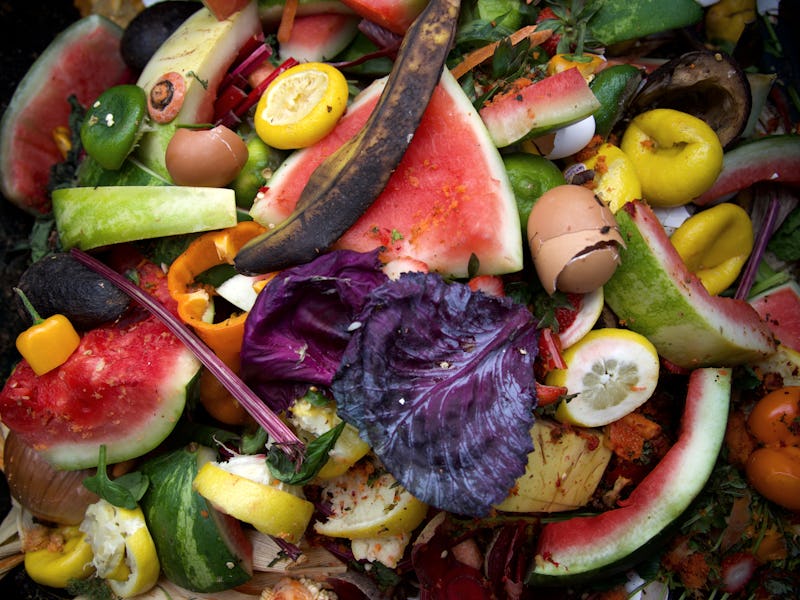Study reveals food waste is worse than we thought — and which group is most to blame
We should be ashamed.

Be honest: How much food do you throw away at home?
Many of us can relate to sad moment when you discover the unopened bag of spinach in the fridge is wet and wilted, unfit to eat. But a new study reveals the amount of food we are wasting after we buy it is a way, way bigger problem than scientists realized. And the wealthier you are, the worse it gets.
In fact, the amount of food people waste globally is twice as high as the most-commonly cited estimate, the data suggests. At the individual level, food waste is tied directly to affluence — the more money you have, the more likely you are to throw out uneaten food, the study finds.
That we have a food waste problem is not news. You have probable heard the statistic that one-third of food produced globally goes to landfill. That figure comes from the Food and Agriculture Organization, a division of the United Nations, and has been cited everywhere from research papers to activist reports to journalism — including Inverse.
But if the new findings are to be believed, then we have grossly underestimated our propensity to trash food.
Using data from 205, the estimate pegged food waste at about 214 kilocalories per day, per capita. But by using a different analysis method, the researchers discover that the amount of food waste generated in 2015 may have been closer to 527 kilocalories per day, per capita.
The study was published Wednesday in the journal PLOS One.
Wealth and waste
The reason for the discrepancy comes down to the fact that the older estimate does not take human behavior into account, the researchers say. To better account for our habits, the researchers built a new model that looks at both human metabolism and the socioeconomic factors that affect food waste — including income, education, residence, and food culture.
Wealth plays an unexpected role in food waste, the researchers find — a fact they say is an “often cited, but never quantified determinant of food waste.” The link between food waste and affluence begins after people cross an expenditure threshold of about $6.70 per day, the data suggest. Beyond the threshold, food waste rates rise along with income — rapidly at first, but then more slowly in the upper echelons of wealth.
The findings could help inform policymakers internationally about food waste, the researcher say. For example, by targeting high income countries that waste disproportionate amounts of food, and preventing waste from increasing as middle-income countries become wealthier.
These strategies could help track and address the amount of edible food ending up in the trash.
In the meantime, there are things you can try, too. Two ways of reducing your own food waste is to choose food with long shelf lives, and to make sure it is stored and packaged correctly.
Abstract: This work provides an internationally comparable consumer food waste dataset based on food availability, energy gap and consumer affluence. Such data can be used for constructing meaningful and internationally comparable metrics on food waste, such as those for Sustainable Development Goal 12. The data suggests that consumer food waste follows a linear-log relationship with consumer affluence and starts to emerge when consumers reach a threshold of approximately $6.70/day/capita level of expenditure. These findings also imply that most empirical models overestimate consumption by not accounting for the possibility of food waste in their analysis. The results also show that the most widely cited global estimate of food waste is underestimated by a factor greater than 2 (214 Kcal/day/capita versus 527 Kcal/day/capita). Comparison with estimates of US consumer food waste based on national survey data shows this approach can reasonably reproduce the results without needing extensive data from national surveys.